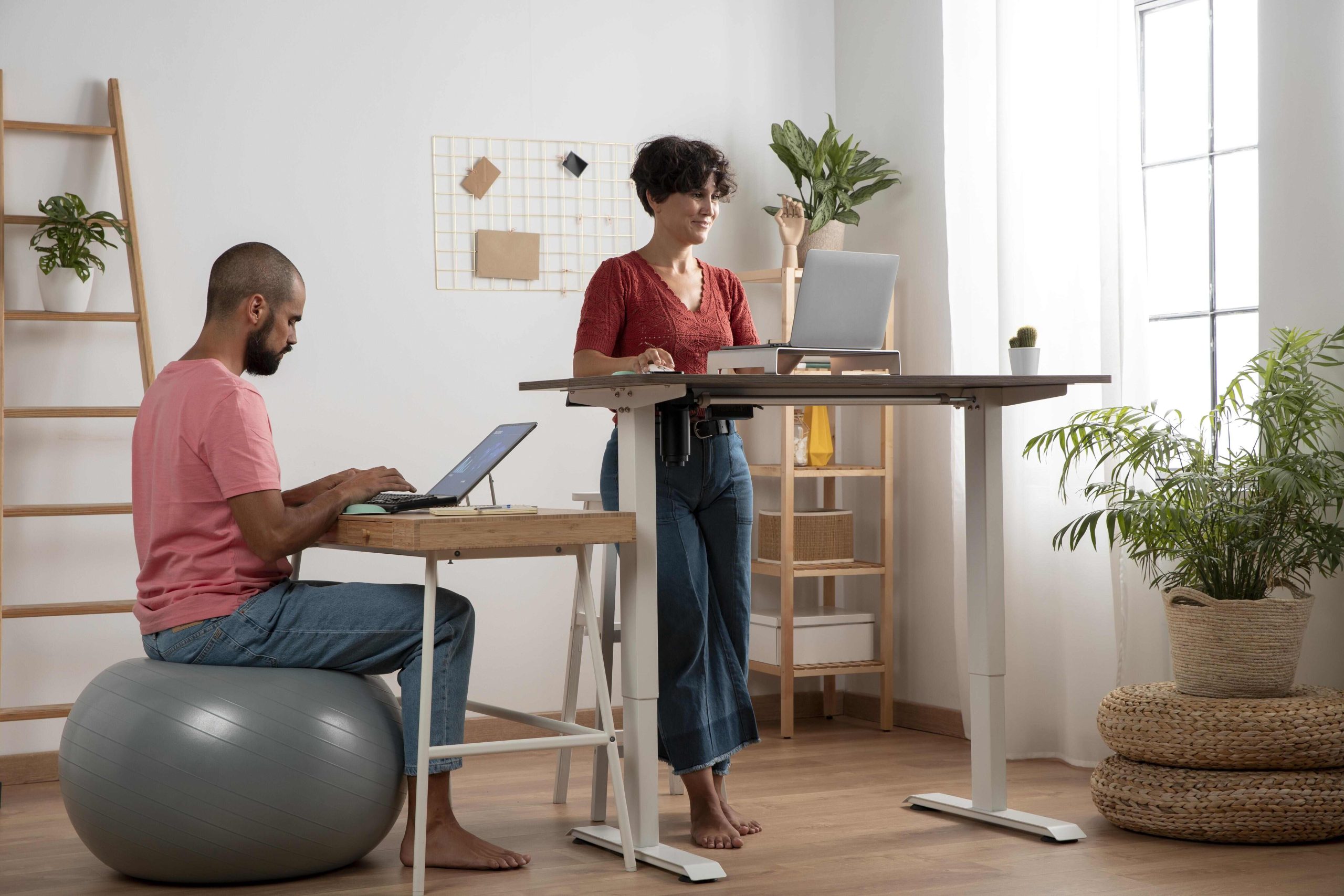In today’s fast-paced digital world, smartphones have become an integral part of our lives. While technology offers convenience and connectivity, excessive phone use can lead to distractions, stress, and even sleep disturbances. Establishing a no-phone zone in your home can significantly enhance focus, relationships, and overall mental well-being.
Why a No-Phone Zone Matters
A no-phone zone is an area in your home where digital devices, including smartphones, tablets, and laptops, are not allowed. This practice helps to:
- Improve mental clarity and reduce stress
- Enhance personal relationships
- Increase focus and productivity
- Promote better sleep hygiene
Choosing the Right No-Phone Zones
To successfully integrate this habit into your lifestyle, identify key areas in your home where a phone-free policy would be most beneficial.
1. The Bedroom – Prioritizing Rest and Relaxation
Keeping phones out of the bedroom encourages better sleep and relaxation. Exposure to blue light from screens can suppress melatonin production, making it harder to fall asleep.
How to Implement:
- Use an alarm clock instead of a phone for waking up.
- Charge your phone outside the bedroom.
- Establish a bedtime routine that doesn’t involve screens, such as reading or journaling.
2. The Dining Area – Strengthening Relationships
Mealtimes should be moments of connection, where family members or roommates can engage in meaningful conversations without distractions.
How to Implement:
- Set a rule where phones stay off the table during meals.
- Use a designated basket for storing devices during mealtime.
- Encourage engaging discussions or storytelling to make meals more interactive.
3. The Living Room – Encouraging Presence and Engagement
A phone-free living room allows for more genuine interactions and relaxation. Whether it’s watching a movie together, playing board games, or simply chatting, limiting phone use can foster stronger connections.
How to Implement:
- Have a phone-free evening at least once a week.
- Create a cozy environment with books, puzzles, and conversation-friendly seating.
- Use this space for hobbies like drawing, knitting, or meditating.
Overcoming Common Challenges
Making the transition to a no-phone zone may come with some resistance, especially if you or your family members are used to constant screen time. Here are some ways to ease into the habit:
1. Start Small and Set Boundaries
If completely eliminating phones from certain areas feels overwhelming, begin by setting time limits. For example, designate one hour before bedtime as a no-phone period.
2. Use Physical Reminders
Place signs or notes in no-phone zones as gentle reminders. A fun approach could be a decorative board displaying “Phone-Free Zone” messages.
3. Lead by Example
If you want others in your household to follow the rule, start by practicing it yourself. When family members or roommates see you embracing the habit, they’re more likely to follow suit.
4. Offer Alternative Activities
One reason people rely on their phones is boredom. Providing alternatives such as books, games, or creative projects can make the transition easier.
The Mental Health Benefits of a No-Phone Zone
Once you establish no-phone zones, you’ll likely experience significant mental and emotional benefits, including:
- Reduced Anxiety and Stress – Fewer digital interruptions lead to a calmer state of mind.
- Improved Focus and Productivity – Eliminating phone distractions can help you stay more engaged with work or personal projects.
- Stronger Relationships – Engaging in deeper conversations strengthens bonds with loved ones.
- Better Sleep Quality – Reduced exposure to screens before bedtime leads to improved rest and rejuvenation.
Final Thoughts
Creating a no-phone zone in your home is a simple yet powerful step toward improving mental well-being. By consciously setting boundaries with technology, you can enhance focus, deepen relationships, and prioritize self-care. Start by selecting one area in your home and gradually expand as you feel comfortable. With consistency and commitment, you’ll notice a positive shift in your daily life, making space for more mindfulness, connection, and overall happiness.
















Leave a Reply